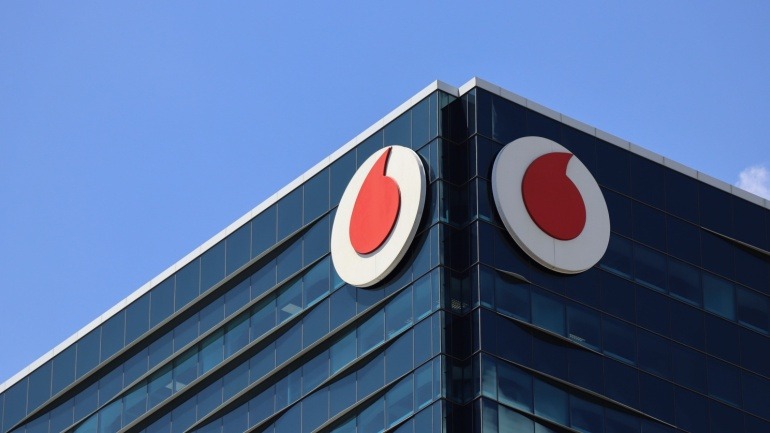The European Commission is reportedly poised to back a significant satellite communication merger between SES and Intelsat, valued at €2.8 billion. This move emphasizes Europe’s intent to enhance its autonomous satellite capabilities, potentially establishing a formidable contender against SpaceX‘s Starlink.
While the UK’s Competition and Markets Authority has already cleared the deal, the EU’s approval is expected soon. This merger could position SES-Intelsat as a viable albeit indirect competitor to Starlink. Unlike Starlink’s full low Earth orbit (LEO) dominance, SES and Intelsat operate primarily in geostationary (GEO) and medium Earth orbit (MEO), which offer broader coverage but higher latency.
These differences in orbiting dynamics mean varying performance metrics for satellite services. LEO satellites, like those used by Starlink, provide low-latency responses ideal for real-time applications, although their coverage is relatively narrow. Meanwhile, GEO and MEO satellites guarantee widespread coverage, beneficial for broader signal distribution but with latency drawbacks.
While the merged entity might not replicate Starlink’s LEO advantages, SES-Intelsat has strategies in place. Intelsat has secured access to Eutelsat’s OneWeb LEO constellation, a network of 648 satellites, second only to Starlink. SES is also actively participating in the SpaceRISE consortium, set to implement the EU’s IRIS2 initiative, which plans a network of 290 satellites across various orbits.
For the European telecommunications industry, this merger represents more than a market restructuring. It aligns with calls for a permissive regulatory landscape favoring consolidation, as voiced by FCC Chairman Brendan Carr. He stressed the urgency of Europe’s strategic alignment amid geopolitical dynamics between the US and China.







